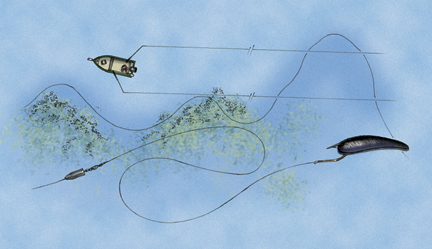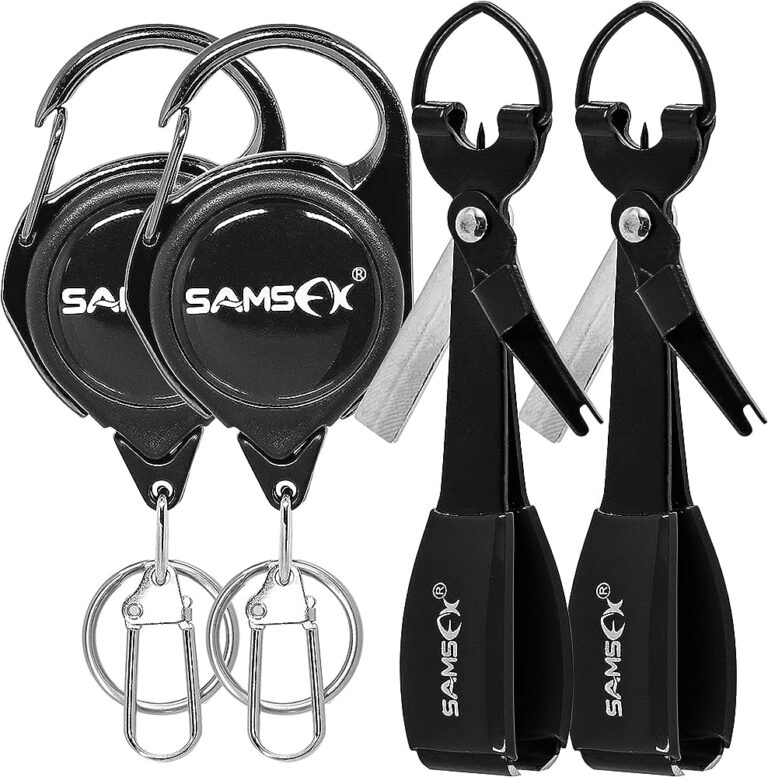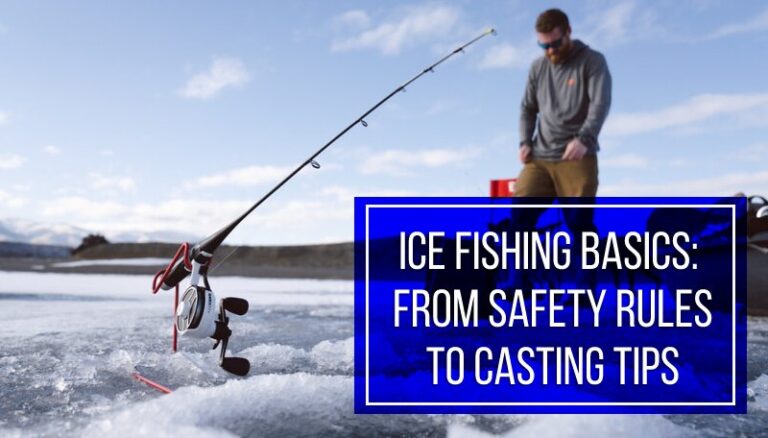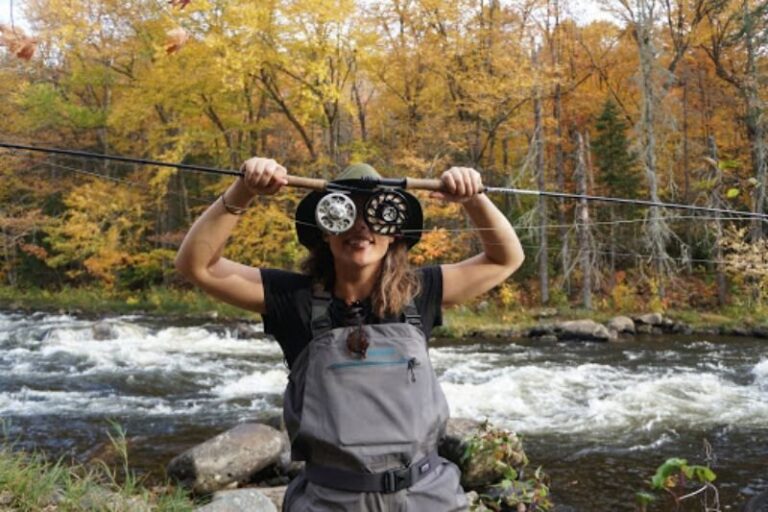Flats fishing refers to a type of fishing done in shallow, clear waters, targeting species such as bonefish, tarpon, and redfish. Anglers use specialized techniques and equipment to spot and catch these fish, often relying on stealth and precision.
We will explore the ins and outs of flats fishing, including the gear needed, popular destinations, and effective techniques to enhance your chances of success on the flats. Whether you are a seasoned angler or looking to try something new, flats fishing offers an exciting and rewarding adventure on the water.
So grab your fishing rod and let’s dive into the world of flats fishing.

Credit: news.orvis.com
Understanding Flats Fishing
Flats fishing is a popular angling technique that involves targeting fish in shallow, clear waters known as flats. This exciting form of fishing combines the thrill of hunting with the challenge of angling. Whether you’re an experienced angler or new to fishing, understanding the different aspects of flats fishing is essential for a successful and enjoyable fishing trip.
Definition Of Flats Fishing
Flats fishing refers to the act of angling in shallow, clear waters typically found along coastal areas or in certain freshwater environments. It involves targeting various species of fish that inhabit these flats, such as bonefish, tarpon, permit, redfish, and snook.
In flats fishing, anglers often seek visual confirmation of the fish before making a cast, making it a highly visual and interactive fishing experience.
Types Of Fishing Environments That Qualify As Flats
The term “flats” can refer to a range of fishing environments, both saltwater and freshwater. Some of the common types of fishing environments that qualify as flats include:
- Saltwater flats: These are shallow areas found in coastal regions, including estuaries, mangroves, and saltwater flats associated with coral reefs. These flats are known for their crystal-clear waters, providing excellent visibility for spotting fish.
- Grass flats: These are areas in shallow bodies of water, such as bays, lagoons, or tidal creeks, covered with seagrass or other aquatic vegetation. Grass flats are home to a wide variety of fish species and are popular among flats fishing enthusiasts.
- Sand flats: As the name suggests, these flats are characterized by sandy bottom surfaces and are often found near beaches, nearshore areas, or inshore waters. Sand flats attract different species, including flounder, pompano, and striped bass.
- Freshwater flats: Though less common, certain freshwater environments can also offer flats fishing opportunities. This includes places like shallow lakes, ponds, and backwaters that have clear water, submerged vegetation, and suitable fish species.
Characteristics Of Flats Fishing
Flats fishing possesses unique characteristics that set it apart from other angling techniques. Some key aspects of flats fishing include:
- Sight fishing: One of the distinguishing features of flats fishing is the ability to visually spot fish before making a cast. Anglers scan the water, looking for movement, wakes, or shadows created by fish. This visual element adds excitement and anticipation to the fishing experience.
- Stealth and patience: The clear, shallow waters of flats demand stealth and patience from anglers. To avoid spooking the fish, anglers must approach quietly and make precise presentations. Patience is essential as fish may be finicky or elusive at times.
- Fly fishing and light tackle: Flats fishing often involves the use of fly fishing techniques or light tackle gear. Fly fishing allows for delicate presentations and imitating natural prey, while light tackle gear enables anglers to cast accurately and have a more finesse approach to targeting fish.
- Varied fish species: Flats fishing offers the opportunity to target a wide range of fish species, depending on the location and season. From the elusive bonefish in saltwater flats to largemouth bass in freshwater flats, anglers can encounter diverse fish populations with varying behaviors and feeding patterns.
Understanding these characteristics of flats fishing can help anglers prepare for their fishing adventures and enhance their chances of success on the flats. So gear up, choose your preferred flats fishing destination, and get ready to immerse yourself in this thrilling angling experience.
Equipment And Techniques
Essential Gear For Flats Fishing:
When it comes to flats fishing, having the right equipment can make all the difference. Here are some essential gear items you’ll need:
- Fishing rod and reel: A lightweight spinning or baitcasting rod and reel combo is ideal for flats fishing. Look for a rod that is around 7-8 feet long and has a medium to heavy power rating.
- Fishing line: Opt for a braided or fluorocarbon fishing line with a test strength of 10-20 pounds. This will provide the sensitivity and strength needed to handle various fish species found in the flats.
- Tackle box: A sturdy tackle box is essential for storing your lures, hooks, sinkers, and other tackle. Make sure it is organized so you can easily access your gear when needed.
- Lures: Flats fishing often involves targeting fish that are feeding near the surface, so having a variety of topwater lures, spoons, and soft plastic baits can increase your chances of success.
- Polarized sunglasses: A good pair of polarized sunglasses is a must for flats fishing. They help reduce glare on the water, allowing you to spot fish, submerged structures, and changes in the bottom terrain more easily.
- Sun protection: Since flats fishing often involves spending long hours under the sun, it’s important to protect yourself. Wear a wide-brimmed hat, sunscreen with a high spf, and lightweight, breathable clothing.
Fly Fishing Vs. Conventional Fishing:
When it comes to flats fishing, there are two main fishing techniques to consider: fly fishing and conventional fishing. Here’s a breakdown of each:
Fly fishing:
- In fly fishing, anglers use an artificial fly made of feathers, fur, or synthetic materials. These flies are designed to resemble the natural prey that fish in the flats feed on.
- Fly fishing requires specialized gear, including a fly rod, fly reel, and fly line. Anglers use casting techniques to present the fly to the fish and entice them to strike.
- Fly fishing is often considered a more challenging technique, as it requires precise casting and presentation skills. However, it can be incredibly rewarding when you hook into a fish on a fly.
Conventional fishing:
- Conventional fishing involves using traditional spinning or baitcasting gear with lures or live bait. This technique is often more versatile and allows anglers to target a wider range of species.
- Casting techniques used in conventional fishing include pitching, flipping, and casting with spinning or baitcasting reels. Anglers aim to place their bait or lure in strategic locations where fish are likely to be feeding.
- Conventional fishing is generally easier to learn and requires less specialized gear than fly fishing. It provides a great option for beginners or those looking for a more relaxed fishing experience.
Casting Techniques For Flats Fishing:
To maximize your success in flats fishing, mastering various casting techniques is crucial. Here are some casting techniques to consider:
- Sight casting: This technique involves visually spotting fish in the flats and casting your lure or fly directly to them. It requires patience, stealth, and accuracy.
- Long-distance casting: In situations where fish are located far away, long-distance casting can help you cover more water and reach the fish. This technique requires a strong casting arm and the ability to accurately cast long distances.
- Roll casting: Roll casting is useful when fishing in tight spaces or when there are obstacles behind you that prevent a traditional backcast. It involves creating a loop in the line by using a rolling motion before sending the fly or lure forward.
- Sidearm casting: When fishing in windy conditions, sidearm casting can help reduce the impact of the wind on your cast. It involves keeping the rod low and making a sidearm motion to send your bait or fly out into the water.
Remember, practice makes perfect when it comes to casting techniques. Spend time honing your skills and experimenting with different techniques to find what works best for you in different flats fishing scenarios.
Tips For Successful Flats Fishing
Flats fishing is an exciting angling technique that involves targeting fish species in shallow, clear water areas known as flats. To make your flats fishing experience a success, here are some essential tips to keep in mind:
Identifying The Target Species
- Research the specific fish species that inhabit the flats you plan to fish in. This knowledge will help you understand their behavior, feeding patterns, and preferred habitats.
- Learn to identify the signs of fish presence, such as tailing, wakes, or disturbances on the water’s surface. This will enhance your chances of finding and targeting the right species.
- Use local knowledge, fishing reports, or fishing apps to stay updated on recent catches and target species in your chosen flats.
Reading The Flats And Understanding The Tides
- Familiarize yourself with the flats’ structure, including sandbars, grassy areas, channels, drop-offs, and mangroves. These features create prime habitats for various fish species.
- Observe the flats during different tide stages. Fish tend to move with the tide, so understanding tidal movements can help you locate them more efficiently.
- High tides often bring fish closer to the shallow areas, while low tides expose channels or depressions where fish may seek refuge. Plan your fishing trips accordingly.
Stealth And Patience In Flats Fishing
- Approach the flats with stealth to avoid spooking the fish. Wade quietly, avoid sudden movements, and consider using a shallow draft boat or kayak with a quiet engine.
- Opt for lighter fishing gear, such as light tackle rods, reels, and lines, suitable for the flats’ conditions. This will make casting and presenting baits or lures easier.
- Patience is key in flats fishing. Take your time to observe the water, spot fish movements, and make accurate casts. Rushing can lead to missed opportunities.
Remember, success in flats fishing depends on understanding the target species, reading the flats and tides, and practicing stealth and patience. So, get out there, embrace the challenge, and enjoy the thrill of chasing fish in the spectacular flats!
Conclusion
In a nutshell, flats fishing is an exhilarating angling experience that takes place in shallow, calm waters, where skilled anglers target a variety of fish species that inhabit these areas. With its unique challenges and amazing rewards, flats fishing has become increasingly popular among fishing enthusiasts.
The success of flats fishing lies in understanding the behavior and habitat of the targeted fish, as well as using the right techniques and equipment to lure and catch them. Whether you are a seasoned angler or just starting out, flats fishing offers a thrilling adventure that allows you to test your skills and connect with nature.
So, gather your gear, find a knowledgeable guide, and get ready for an unforgettable experience on the flats. Embrace the excitement and beauty of this fishing technique and discover the incredible world of flats fishing for yourself. Happy fishing!






